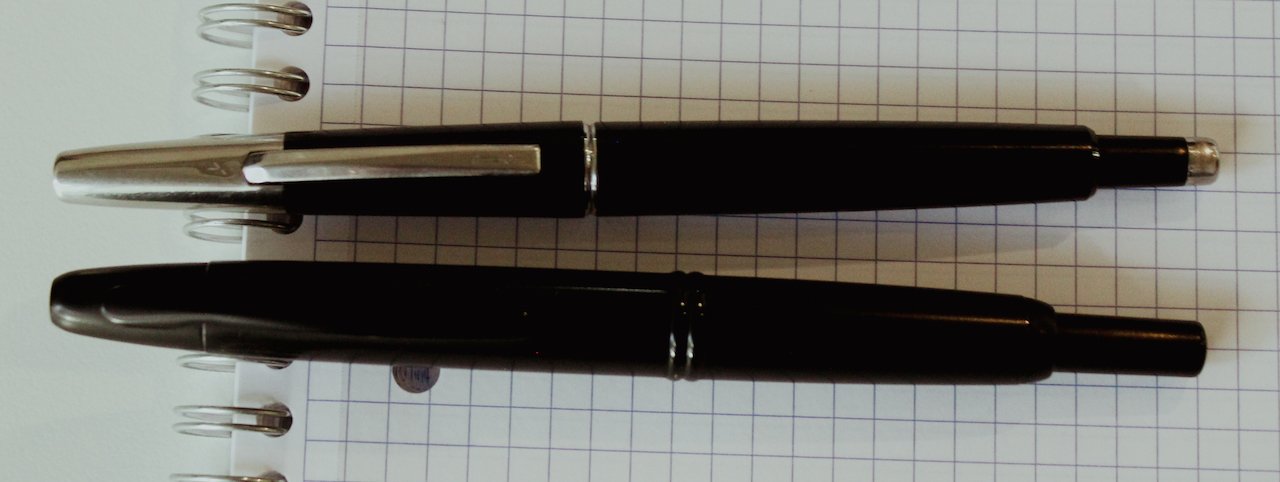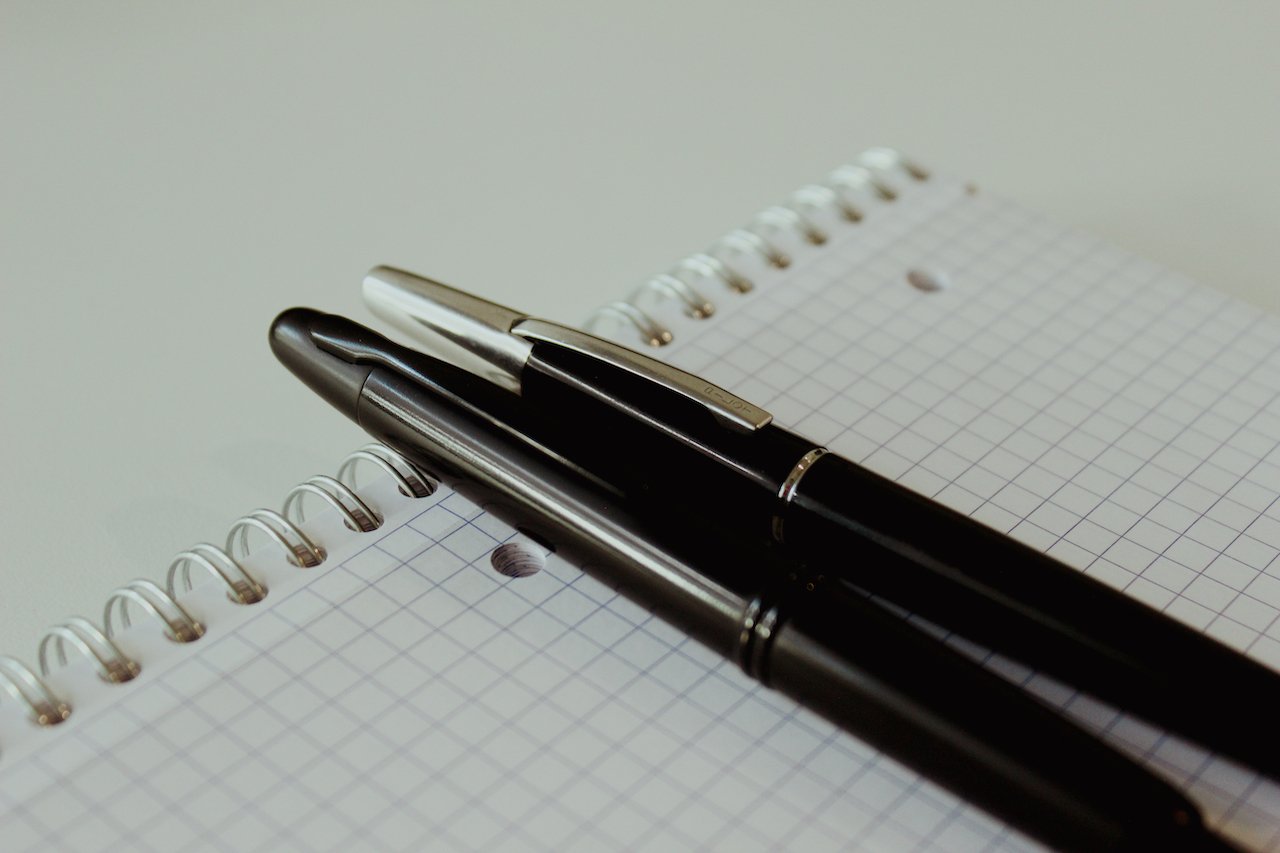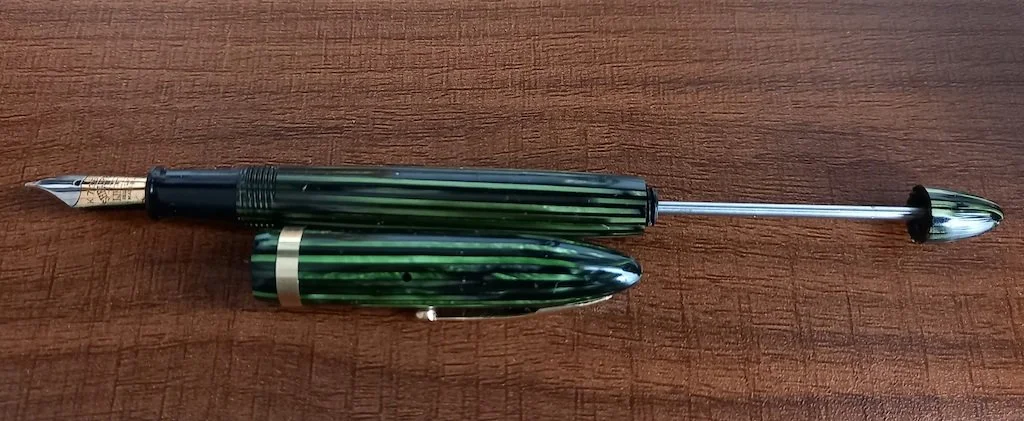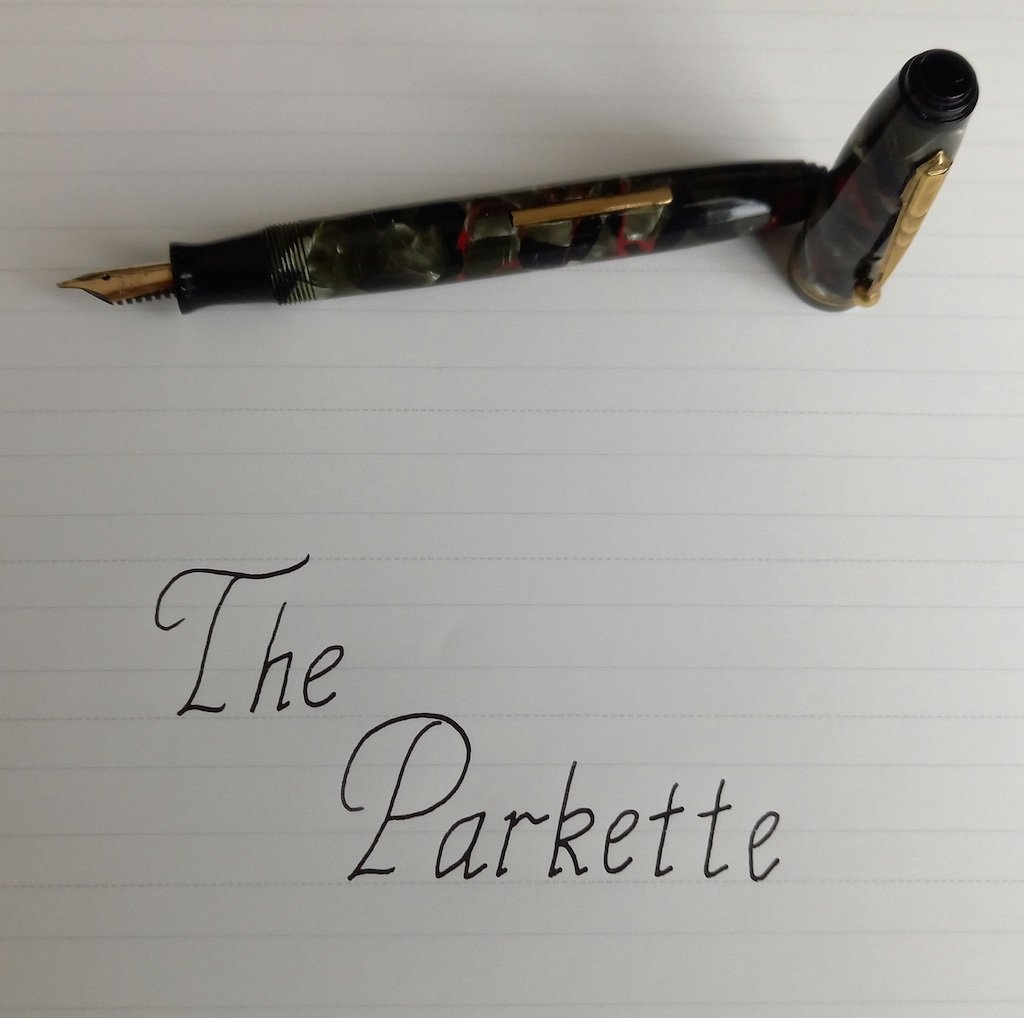(This is guest post by Dennis Moore from a fleeting ripple. No capital letters were harmed in the writing of this post.)
After days of sunny weather, last night’s storm finally brought in the cold. The yellow leaves are wet on the streets, rotting in gutters. People on the streets are finally pulling out their thick coats, tall boots and fuzzy gloves. The glass covers of the bus stop seem to give some protection from the drizzle and the relentless wind. The bus itself looks almost like a ship cutting through the waves. It’s just the water in the potholes splashing taller than the bus itself. It speeds towards you, a freight train on the wet road. It’ll pass you in a moment. The roar of the motor, the roar of the tires, the splash of the water. Gone in a second. No, it slows down, comes to a halt in front of the stop. When the doors open, water drips down inside the bus, every step leaving muddy marks behind.
By nature, I am a curious person. Studying design has only spurred that curiosity forward. So when I learned about the Pilot Vanishing Point, I was obsessed. Fancy working mechanism. A simple problem -ink tends to evaporate on the nib- and an elegant solution -trapdoor. Not the crude, obvious solution of a cap. Ingenious.
Push a button. Out. Ready to write.
Push the button again. Closed off. Sealed.
My problem with the modern Vanishing Point was the weight, the clip just sat comfortably between my fingers. I cannot use a heavy pen for very long. My boyfriend’s problem was that the clip was in the way. So we did what any sane person would do: ordered a vintage one.
The vintage Pilot Vanishing Point is a whole other story. It’s a pen with a presence. Tiniest bit of retro-futurism (I guess it wasn’t “retro” at the time) and mid-century elegance. It is an unassuming plastic, with the cap at the back of the push button, it resembles a ballpoint a little too much. The cone of the pen tapers down significantly, kind of reminding me the old USSR space posters. Or I just spent too much time looking at old propaganda posters lately.
It’s a lightweight pen that fits into your hand a lot more intuitively than the modern version. The further back clip gives some extra place for your fingers, but in return, when you’re clipping it to pen cases, a significant amount of the unprotected tip pokes out. One of my pen cases doesn’t even close. The nib on mine is still gold, even though it is much harder than the Pilot nibs I’m used to. Perfectly smooth, a little on the drier side. It makes me curious about how vintage Pilot nibs are, because it is such a wildly different writing experience from modern Pilot pens.
The unfortunate part about these old Pilot pen is that it fills up with old-style cartridges. Modern Pilot cartridges will not fit into it. Of course we decided to engineer a solution for it. Because the single old cartridge it came with will wear out. Well, there is a Platinum adapter that lets you use regular international cartridges on Platinum pens It’s made of soft, thin plastic. It gets even softer and more malleable once you run it under warm water. Not too warm though, you still want to be able to hold the plastic. Then, it fits over the cartridge fitting in the vintage Vanishing Point. Awesome, right? Now you can use your pen with your endless supply of Kaweco Royal Blue short cartridges that you always throw into the darkest corner of a drawer.
Please don’t try this at home.
I refuse any responsibility for this.
I used the pen for a few days. I realised it was drying out. The line would get painfully dry, skip, then somehow start running regularly again. It bummed both of us out, it was a beautiful pen that we really looked forward to enjoying.
Then the pen started spluttering ink out. A tiny tiny drop or two onto the page every time you push the button to open the “cap.”
This time I decided to take a closer look. I took everything apart, armed myself with cotton swabs and a bowl of water to investigate what went wrong.
Spoiler: it was not the trapdoor mechanism.
The Platinum adapter had cracked. It wasn’t holding the ink cartridge to the pen’s fitting place properly. That’s why it was “drying out.” It needs ink in the first place to dry out, and this nib was not getting any! So... I raised the white flag, took out the adapter, put it in the bin and filled up the tiny little old Pilot cartridge it came with. This is a battle I cannot win.
Now, the pen is heavenly. All the beauty and comfort of the barrel, topped up by the smoothness of the nib. I sometimes underestimate how much a nib/flow problem can hinder the enjoyment of a pen because it always feels like the actual fit of the pen to my hand is more important. Lesson learned.
If you have any old Pilot cartridges laying around, hold onto them. They will become a sought after commodity when our cartridges give out on us. All jokes aside, I am extremely pleased with this pen. I got burned in the near past a couple of times by buying second-hand pens, even from places I trust to inspect the pen. Even if I inspected the pen. Human errors happen. Some of my faith is restored in buying used pens, but I doubt I’ll get them as easily from now on.
Thank you for reading!
Enjoy reading The Pen Addict? Then consider becoming a member to receive additional weekly content, giveaways, and discounts in The Pen Addict shop. Plus, you support me and the site directly, for which I am very grateful.
Membership starts at just $5/month, with a discounted annual option available. To find out more about membership click here and join us!

























